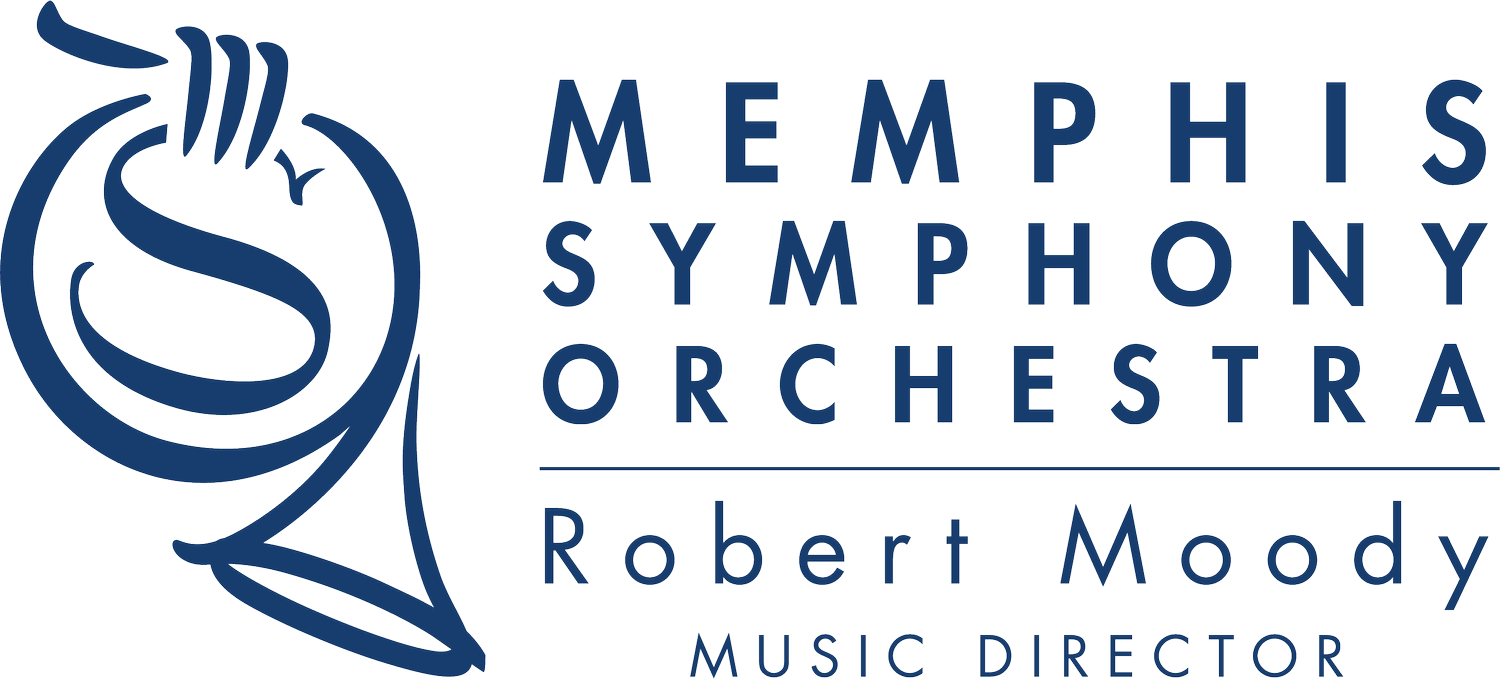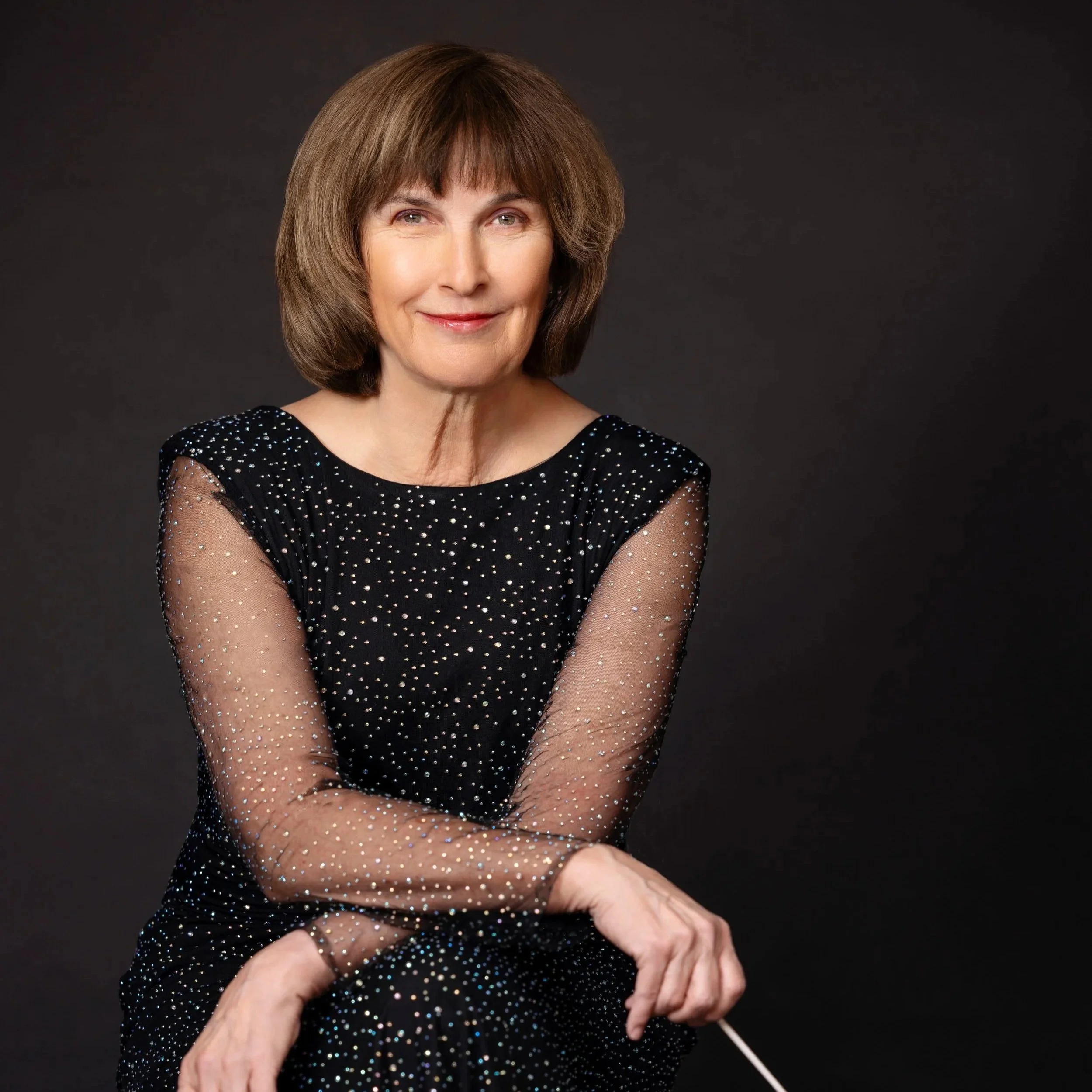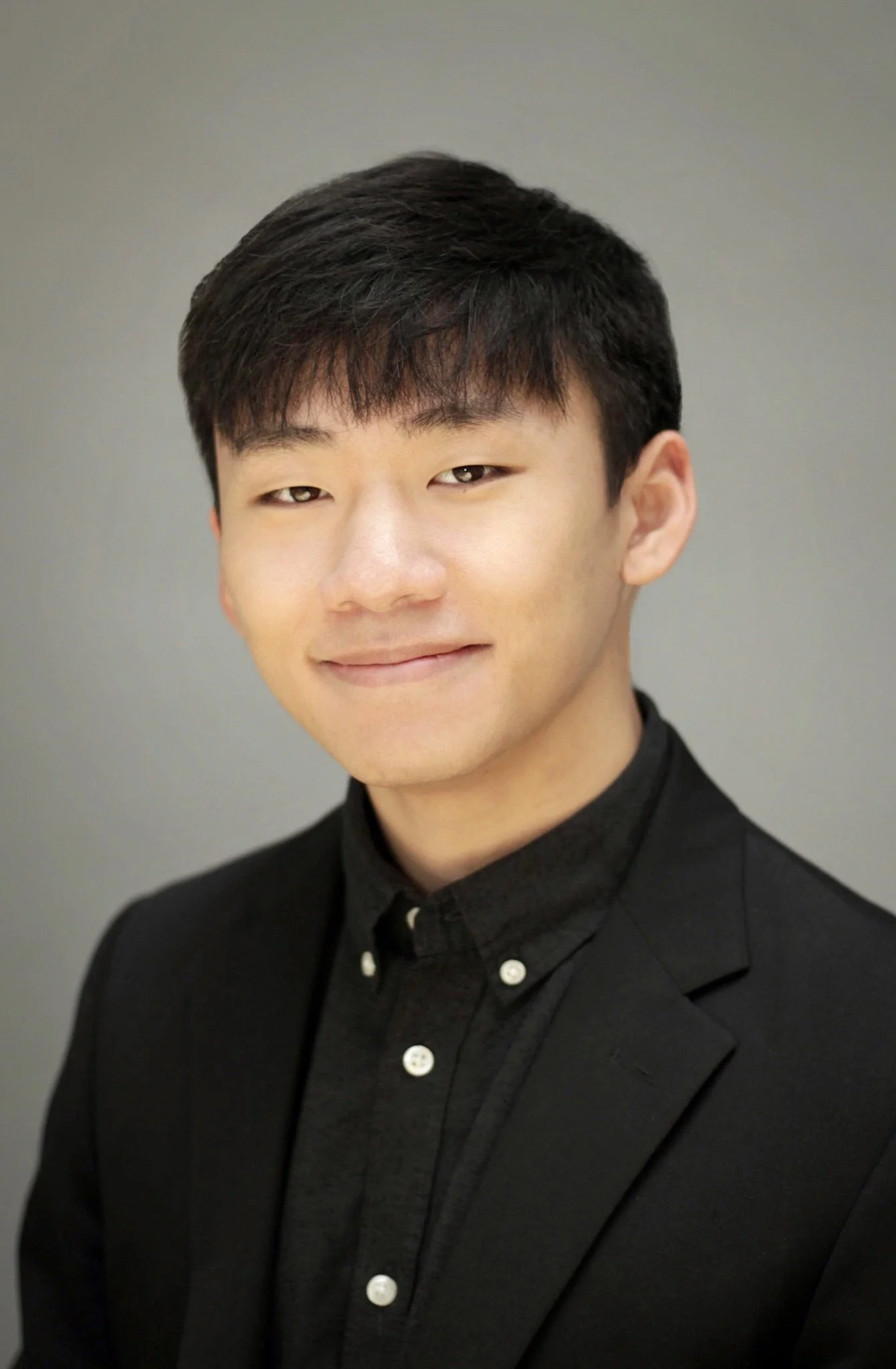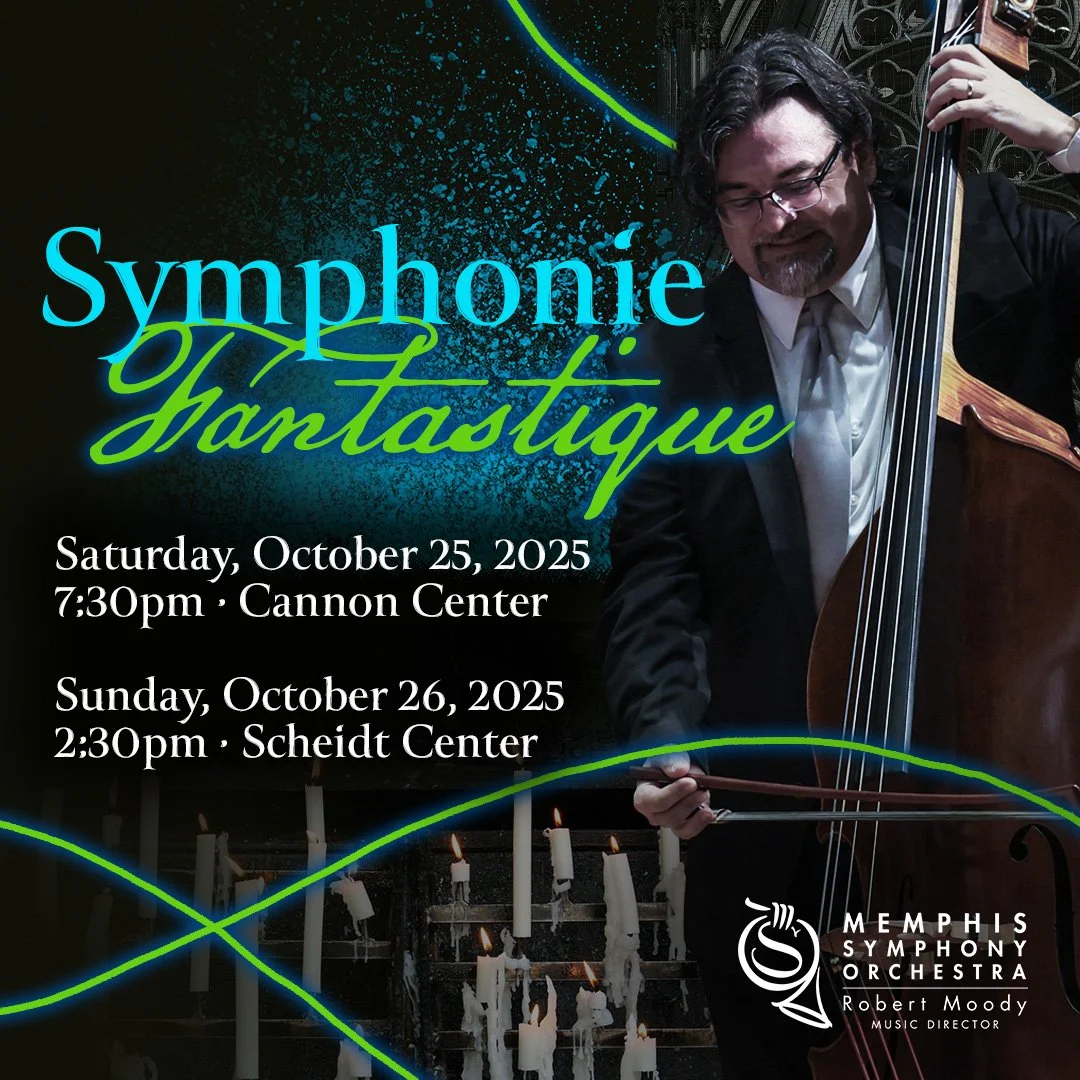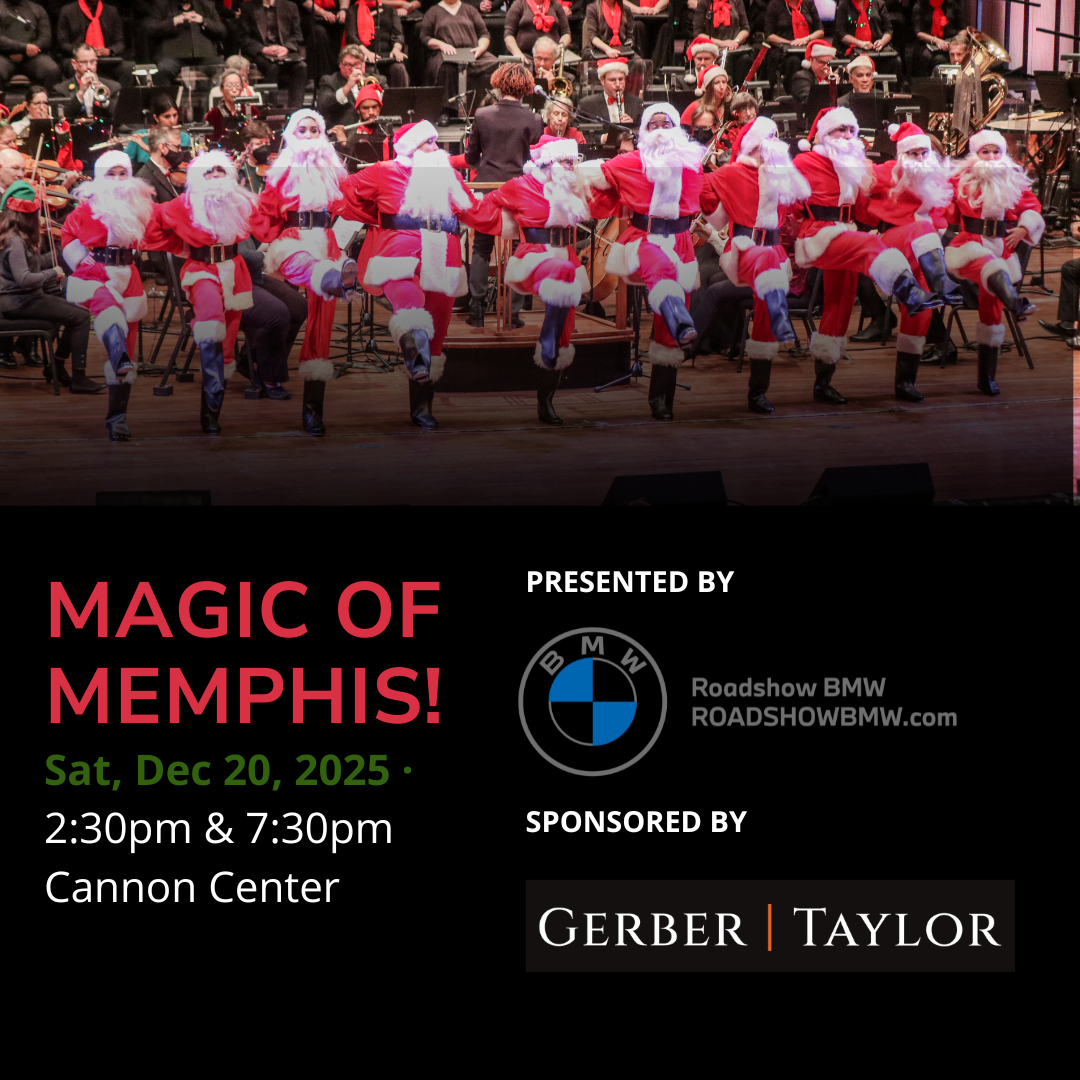THE PAUL AND LINNEA BERT CLASSIC ACCENTS SERIES
GO FOR BAROQUE
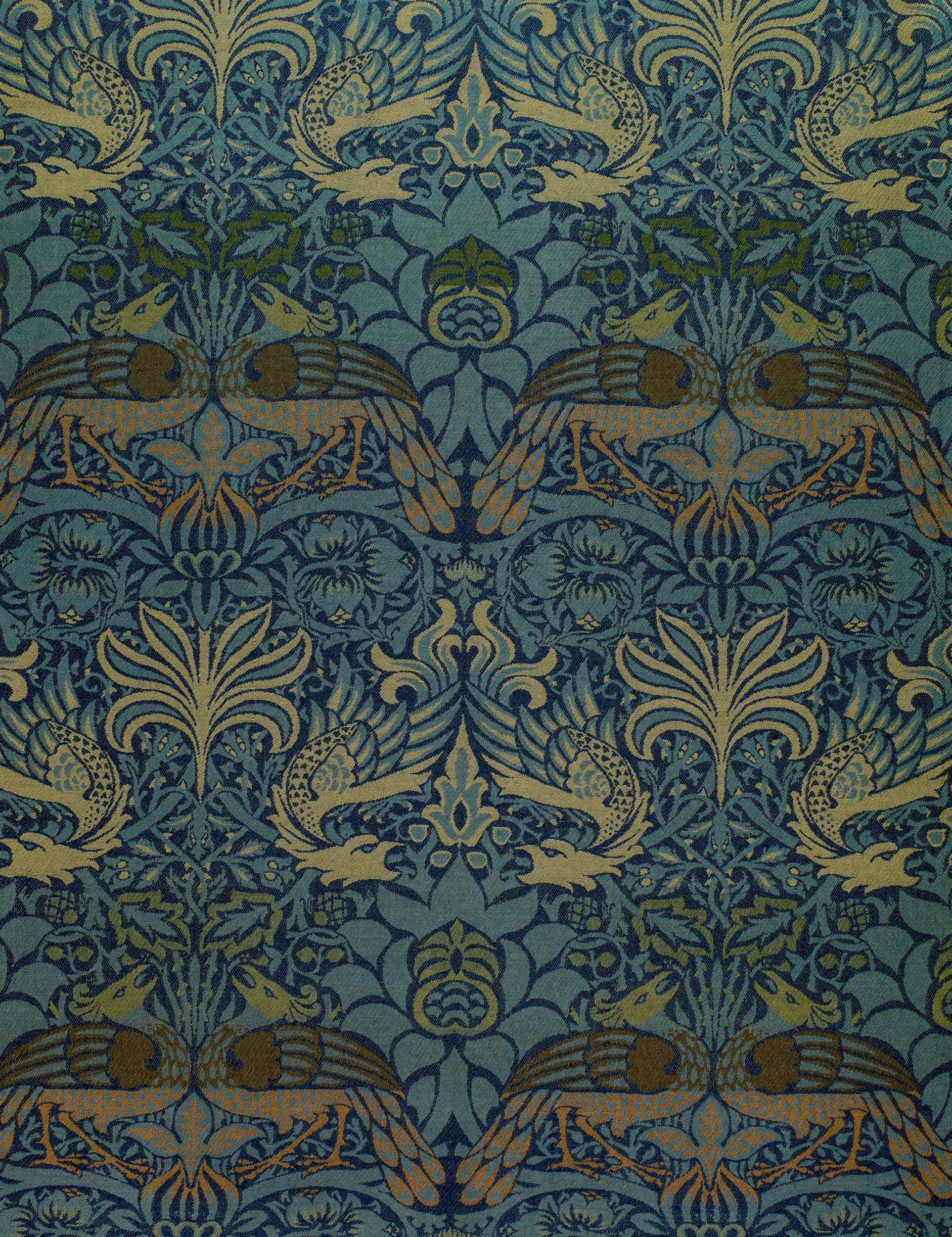
Friday, October 3, 2025 · 6:30pm
Crosstown Theater
Sunday, October 5, 2025 · 2:30pm
Scheidt Family Performing Arts Center
Anne Harrigan, conductor
Samuel Xu, piano
OTTORINO RESPIGHI
(1879 - 1936)
Ancient Airs and Dances for the Lute, Set 1
I. Balletto detto Il conte Orlando (Simone Molinaro)
II. Gagliarda (Vincenzo Galilei)
III. Villanella (Ignoto)
IV. Passo messo e mascherada (Ignoto)
JOHANN SEBASTIAN BACH
(1685 - 1750)
Concerto No. 1 in D-minor for Clavier and String Orchestra, BWV 1052
I. Allegro
II. Adagio
III. Allegro
Samuel Xu, piano
INTERMISSION
ARCANGELO CORELLI
(1653 - 1713)
Concerto Grosso, op. 6, no. 8, "Christmas Concerto"
I. Vivace - Grave - Allegro
II. Adagio - Allegro - Adagio
III. Vivace
IV. Allegro
V. Pastorale
IGOR STRAVINSKY
(1882 - 1971)
Suite from Pulcinella (1949 revision)
I. Sinfonia
II. Serenata
III. Scherzino
IV. Tarantella
V. Toccata
IV. Gavotta
VII. Duetto
VIII. Minuetto - Finale
Program Notes
-
Ottorino Respighi (1879-1936): Ancient Airs and Dances for the Lute, Set 1
In addition to composing and conducting, Ottorino Respighi was a serious musicologist, and a number of his works were influenced by his interest in music from the Renaissance and Baroque periods. The Ancient Airs and Dances are a set of three orchestral suites that were written between 1917 and 1931. Set 1, from 1917, focuses on lute pieces from the Renaissance period (from around 1550 to the end of the 16th century). Simone Molinaro is the composer of the first movement (Balletto), Vincenzo Galilei (yes, the father of the renowned astronomer Galileo Galilei!!) is the composer of the second movement (Gagliarda); movements three and four (Villanella and Passo mezzo) are unattributed. Respighi scores the work for 2 flutes, 2 oboes plus English horn, 2 bassoons, 2 horns, trumpet, harp, harpsichord, and strings.
Johann Sebastian Bach (1685-1750): Concerto No. 1 in D Minor for Clavier and String Orchestra, BWV 1052
The D Minor Harpsichord Concerto, BWV 1052, by Johann Sebastian Bach, is the first in a series of six clavier concerti that were written during his earliest years in Leipzig, dating from the early 1720s. The earliest manuscript, penned by C.P.E. Bach, dates from the mid-1730s, with earlier versions having been used in two of J.S. Bach’s church cantatas as organ sinfonias. In the past, there has been some speculation that this material may have been used in a violin concerto, though recent scholarship would appear to contradict this. The concerto is scored for solo harpsichord and strings, though it will be performed on the piano for this concert set. It proceeds in the usual three movement structure (fast-slow-fast) that one associates with concertos from the Baroque period. While there is no definitive history regarding early performances of the work, it was quite popular in the 19th century, being frequently performed in Leipzig and Berlin by close associates of Felix Mendelssohn.
Arcangelo Corelli (1653-1713): Concerto Grosso in G Minor, Opus 6, No. 8, “Christmas Concerto”
Arcangelo Corelli’s “Christmas Concerto” is scored for two solo violins and one solo cello, with support provided by tutti strings plus continuo. The inscription, “Fatto per la notte di Natale" (made for the night of Christmas), explains the work’s nickname. It was commissioned by Cardinal Pietro Ottoboni, and published posthumously in 1714 as part of Corelli’s Twelve Concerti Grossi, Opus 6. The actual composition date of this work is uncertain, but it appears that there might have been a performance of it for his patron around 1690. The work is six movements in length, concluding with the lovely Pastorale ad libitum, which is its best known movement.
Igor Stravinsky (1882-1971): Suite form Pulcinella (1949 revision)
First Performance (Suite): Boston Symphony Orchestra, Pierre Monteux, conductor. Boston: December 1922.
Pulcinella, based on an 18th century Italian commedia dell’arte manuscript, is from the beginning of Igor Stravinsky’s second phase of composition, and is considered to be one of the first works in what has come to be known as the Neoclassical style. The older music, including selections by Domenico Gallo, Unico Wilhelm van Wassenaer, Carlo Ignazio Monza, and Allesandro Parisotti, uses 20th century composition techniques, but also features the balance, clarity, and restraint associated with earlier historical periods. It was originally commissioned for the Ballet Russes by Sergei Diaghilev, and was premiered in Paris in its original form in 1920. The orchestral suite, which was extracted form the complete ballet, omits the trio of singers and reduces the number of movements down from 21 to 8. The scoring includes 2 flutes plus piccolo, 2 oboes, 2 bassoons, two horns, trumpet, trombone, and strings. The strings are divided into concertino and ripieni, making this a work that recalls the Baroque period concerto grosso in its tone colour and texture.
On Stage
-
Anne Harrigan, Music Director of the Battle Creek Symphony Orchestra and Billings Symphony, has earned a reputation throughout the country for her innovative programming, commitment to artistic excellence and community engagement. Driven to deliver transformative musical experiences to her audience, she consistently brings passion and eloquence to the arts in Montana and Michigan. Her vision for the community extends past the concert hall and she has developed innovative programs which have garnered national attention.
These include the U.S. premiere of Shaun Davey’s A Brendan Voyage, a concerto for uilleann (Irish) pipes and orchestra; an exceptional version of Guys and Dolls with an almost all POC (people of color) lead cast; collaborations with late Montana photographer, Michael Sample; and the world premiere of Buffalo Crossing—a Northern Cheyenne Story, featuring 14 guest artists from Indian Nations. Ms. Harrigan is an innovator in the DEI (diversity, equity, and inclusion) movement with a personal goal of normalizing diversity wherever she can influence the lives of those around her.
Her musical career began at age 19, when she founded the Johns Hopkins University Chamber Orchestra while still a violin student at the Peabody Institute of Music. She received her master's in conducting at Yale University under the tutelage of Otto Werner Mueller. In 1983, Ms. Harrigan formed the Baltimore Chamber Orchestra and developed it from a fledgling organization to one of the finest chamber orchestras in the country.
Ms. Harrigan also has held posts as Music Director of the acclaimed Baltimore Chamber Orchestra (1983-2004) and the Lafayette Symphony Orchestra (1994-2005). Recent guest conducting engagements have included the Bozeman, Richmond, Annapolis, Arlington, Lansing, and Honolulu Symphony Orchestras, the Indianapolis and Missouri Chamber Orchestras, the Naples Philharmonic and cover conducting for the Indianapolis Symphony Orchestra. She has performed with exceptional artists such as Leon Fleisher, Lynn Harrell, Alisa Weilerstein and Janos Starker.
Anne’s interactive, multi-disciplinary family concert, Colors of the World, produced for television by Maryland Public Television, was recognized with an Emmy award in 1998. In addition, the BCO’s first compact disc recording, Baltimore Chamber Orchestra Live, received rave reviews.
In her free time, Ms. Harrigan enjoys bicycling, Irish traditional music, and aerial silks. She lives with her husband Eric, and dogs Sammy & Rory and is the proud mother of daughter Erin.
-
A pianist based in Boston, Samuel Xu dedicates his time to cultivating and sharing artistry to communities through performance and education. He began his piano studies at a young age under the guidance of his parents, Fei Xu and Hong Zhu, and had distinguished himself in competitions both nationally and internationally, earning top prizes at the IIYM International Piano Competition, the Steinway Avanti Star Piano Competition, and the Arizona Young Artist Piano Competition.
Samuel studied at the Eastman School of Music and the New England Conservatory of Music under the tutelage of Alan Chow and Hae Sun Paik, receiving awards and recognition from both institutions for his artistic projects and achievements. He had appeared as guest soloist with ensembles including the Arizona Musicfest Festival Orchestra, the Arizona Musica Nova Orchestra, and the Verde Valley Sinfonietta. From 2016 to 2020, he was honored as a four-time scholarship recipient of the Chopin Foundation of the United States. Travelling across the country participating in prestigious music festivals, Samuel performed in masterclasses with artists such as Olga Kern, Ran Dank, Douglas Humpherys, Lydia Artymiw, and Michael Lewin.
Samuel’s artistic interests and curiosities extend to visual art and music production. Based upon his experience in music education and community program initiatives, he is currently developing musical storytelling programs integrating his own illustrations/animations with live music and elements of theatre. Passionate about improving accessibility to arts and music education for the younger generation, Samuel often collaborates with other musicians to produce interactive and immersive concert events for public schools and community centers across Boston.
Memphis Symphony Orchestra
-
Barrie Cooper, Concertmaster
The Joy Brown Wiener Chair
Marisa Polesky, Assistant Concertmaster
Diane Zelickman Cohen, Assistant Principal
Wen-Yih Yu, Assistant Principal
Long Long Kang
Miguel Lesmes -
Erin Kaste, Principal
The Dunbar and Constance Abston Chair
Lenore McIntyre, Assistant Principal
Yennifer Correia, Assistant Principal
Priscilla Tsai
Carissa Perez
Armee Hong -
Jennifer Puckett, Principal
The Corinne Falls Murrah Chair
Michelle Pellay-Walker, Assistant Principal
Beth Luscombe, Assistant Principal
Michael Brennan -
Ruth Valente Burgess, Principal
The Vincent de Frank Chair
Iren Zombor, Assistant Principal
Jonathan Kirkscey, Assistant Principal -
Scott Best, Principal
Chris Butler -
Shantanique Moore, Principal
The Marion Dugdale McClure Chair
Delara Hashemi -
Saundra D’Amato, Principal
The Paul and Linnea Bert Chair
Lani Smith
Shelly Sublett -
Daryn Zubke, Principal
The Carolyn Horrell Heppel Chair
Michael Scott -
Scott Moore, Principal
The Smith & Nephew Chair
Elizabeth Carter -
Caroline Kinsey, Principal
The Morrie A. Moss Chair
Robert Patterson -
Greg Luscombe, Principal
-
Adrienne Park, Principal
The Buzzy Hussey and Hal Brunt Chair -
Frances Cobb Kenney, Acting Principal
The Ruth Marie Moore Cobb Chair
Legacy gifts help ensure that the Memphis Symphony Orchestra continues to inspire and enrich our community for generations to come. This weekend, we remember our dear friend Donna Fisher.
